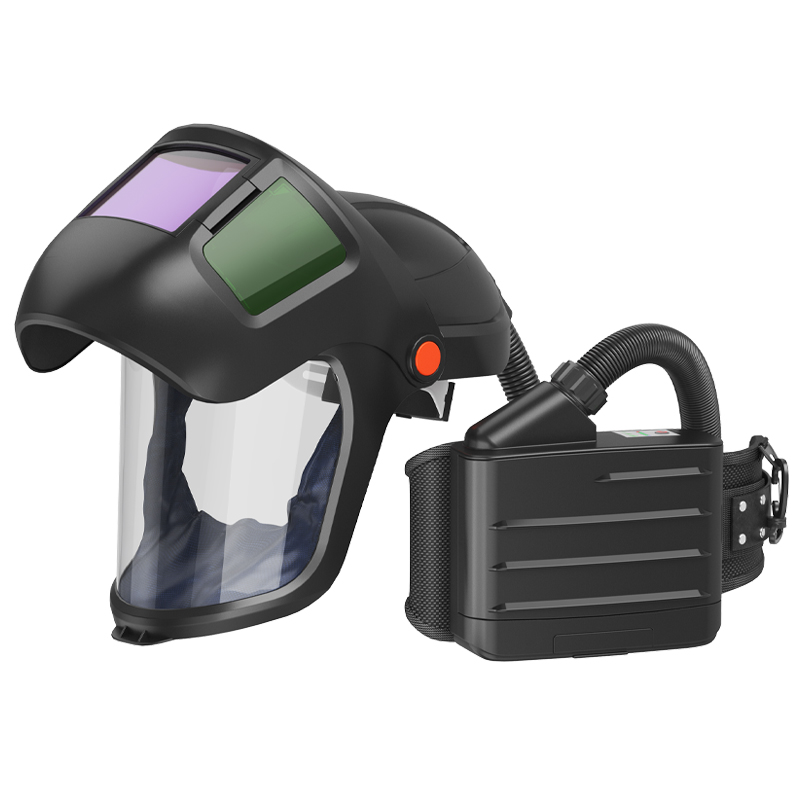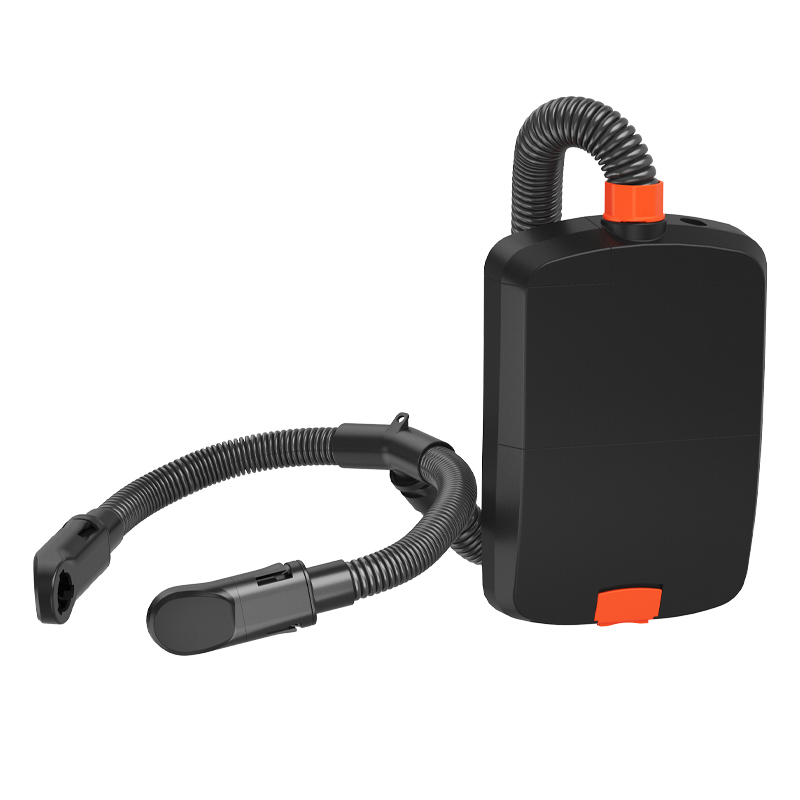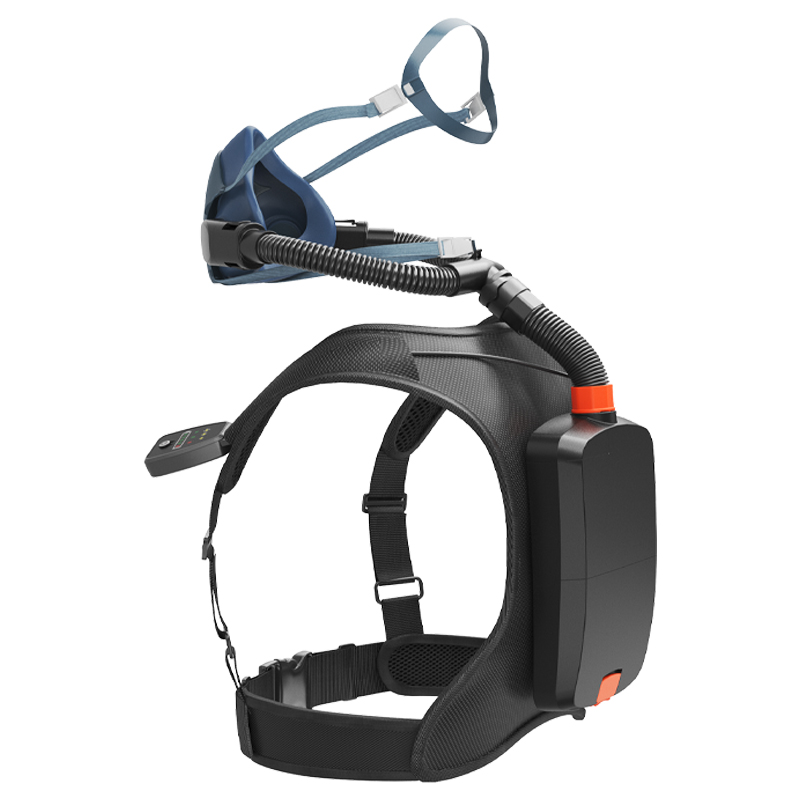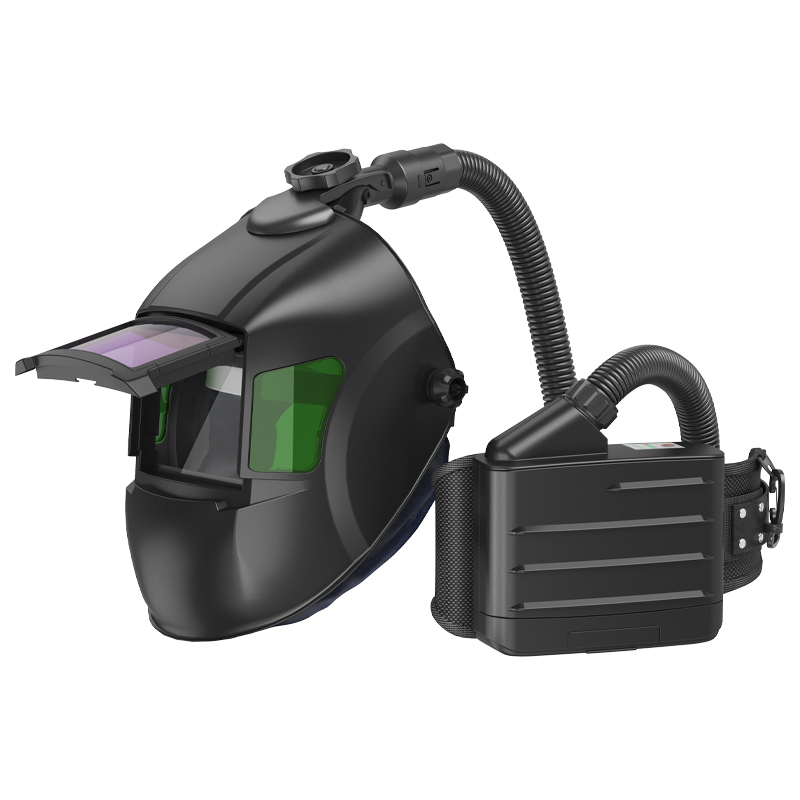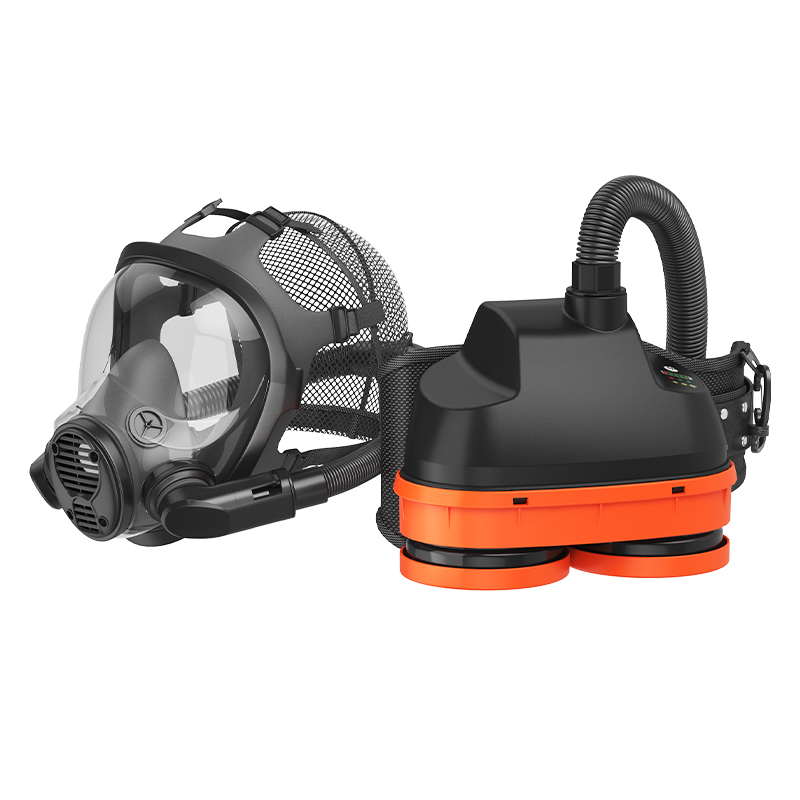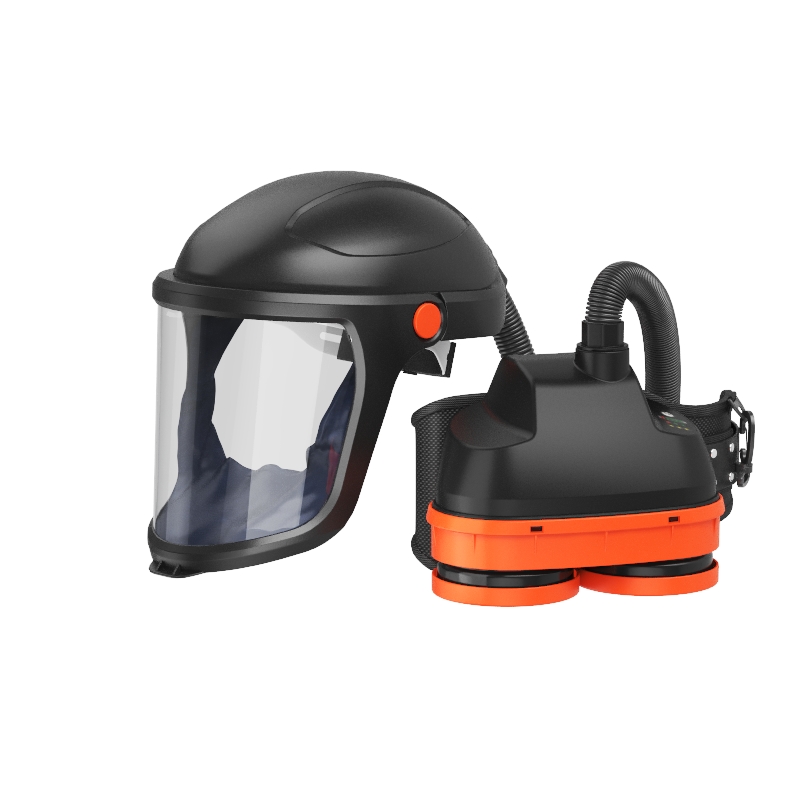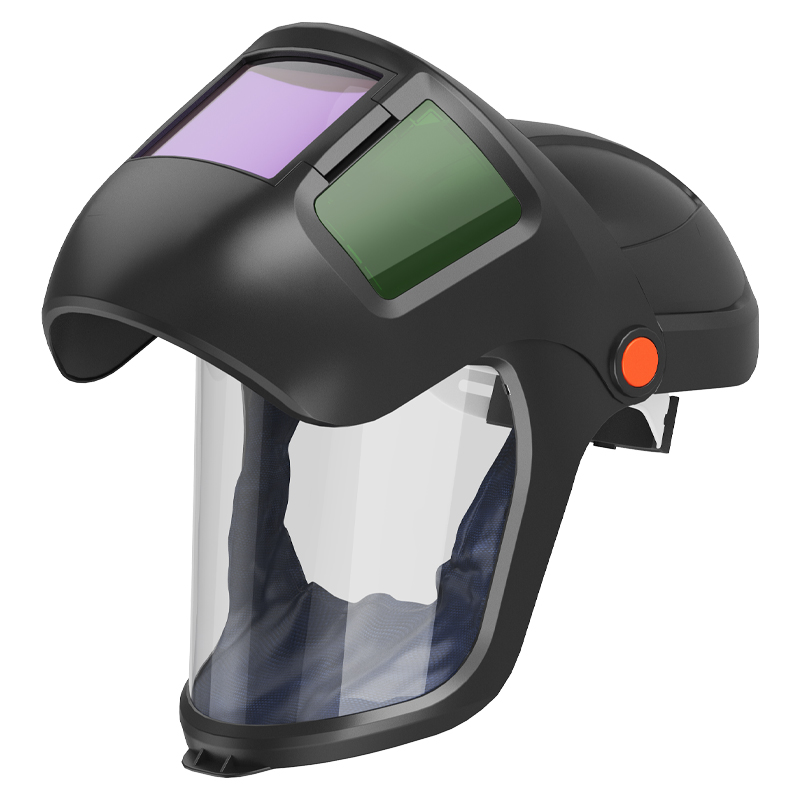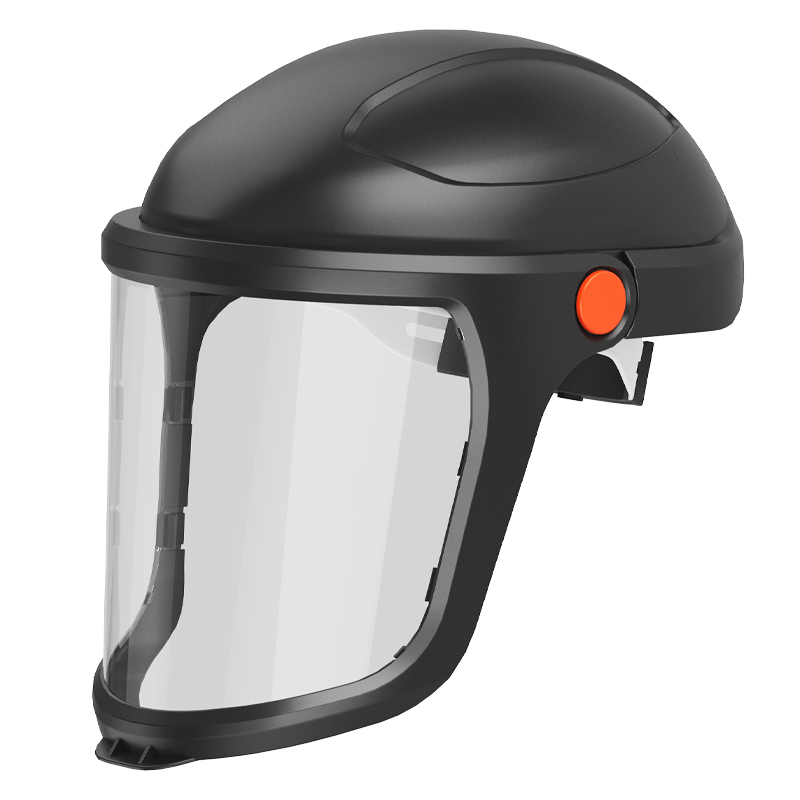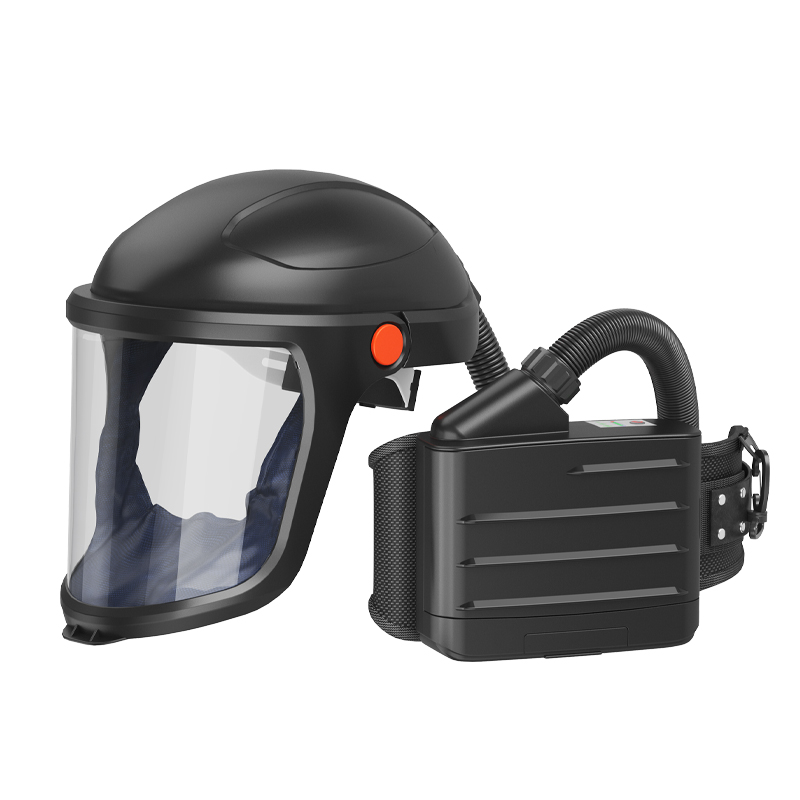Leave A Message
If you are interested in our products and want to know more details,please leave a message here,we will reply you as soon as we can.
Wood Routing/Carving Operations:
When using routers for edge profiling or grooving wood, or CNC carving machines for processing complex patterns, the high-speed rotation of cutting tools generates high-concentration dust + wood chips—and dust easily adheres to the area around the operator’s face. PAPRs paired with transparent full-face masks or lightweight hoods can protect against dust while ensuring operators have a clear view of routing/carving precision, without interfering with operational visibility.
